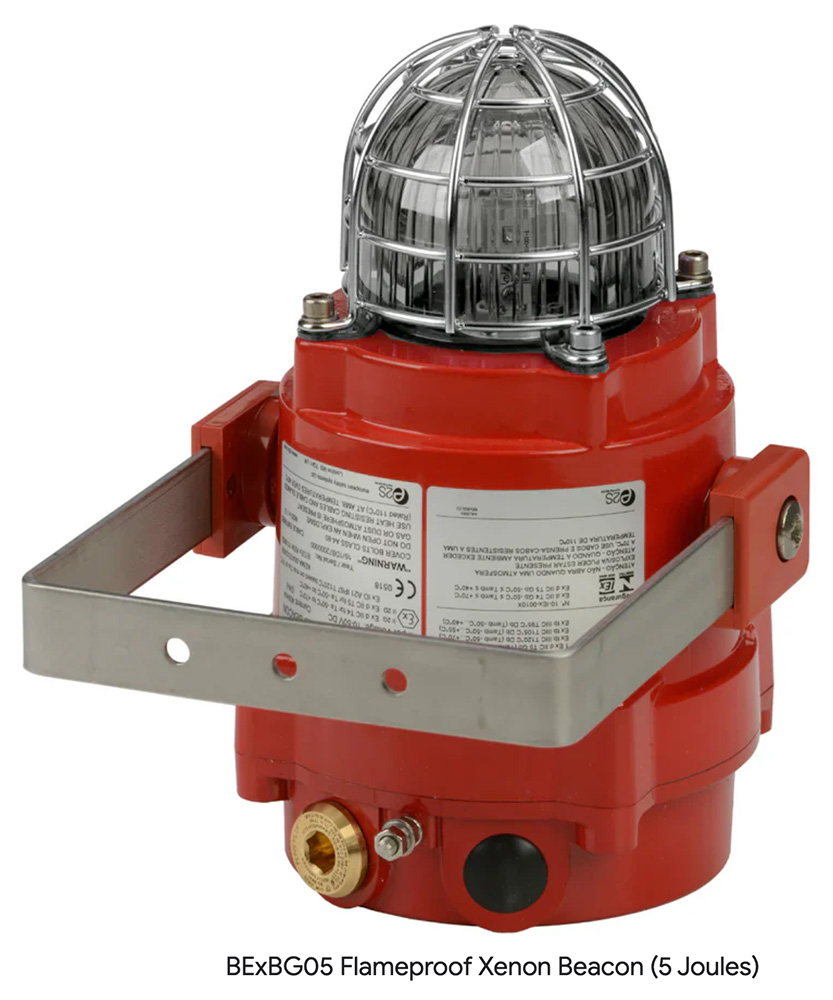Xenon Beacon

Xenon beacons in aviation, specifically anti-collision lights and aerodrome beacons, are visual navigational aids that use xenon flash lamps to provide a bright, visible flash of light for aircraft identification and navigation. They have a rich history, evolving from earlier visual aids to the modern strobes and beacons used today.
Early Visual Aids
Airway Beacons (US)
In the early days of aviation, before widespread radio communication, airway beacons were crucial for visual navigation. These rotating lights, often mounted on towers, helped pilots navigate along designated airways.
Aeronautical Beacons
These lights, also called aerial lighthouses in Europe, were used to guide aircraft at night and indicate the location of airports and other navigational points.
The Rise of Xenon
Xenon Flash Lamps
Xenon flash lamps, also known as flashtubes, were developed in the 1930s for strobe light technology. Harold Edgerton's work led to their use in various applications, including aircraft anti-collision lights.
Anti-Collision Lights
These lights, also called beacon lights or strobe lights, are a set of lights required on every aircraft to improve visibility and aid in collision avoidance. Historically, they used incandescent bulbs, but xenon flash lamps later became the standard.
Modern Applications
Aerodrome Beacons
Airports use rotating or flashing aerodrome beacons to help pilots identify the airport at night. These beacons may display white or white/green (for land airports) or white/yellow (for sea airports) flashes.
Obstruction Lights
In addition to aerodrome beacons, obstruction lights on structures like towers also use xenon flash lamps to warn aircraft of potential hazards.
Strobe Lights
Strobe lights, often using xenon flash lamps, are used on aircraft and stationary objects like towers to increase visibility.
Evolution and Future
LED Technology
While xenon flash lamps were once the standard, LED technology is increasingly being used for aircraft anti-collision lights, offering advantages like lower energy consumption and longer lifespan.
New Regulations
Some countries, like the UK, are phasing out xenon flashers and are mandating the use of red lamps at night.
